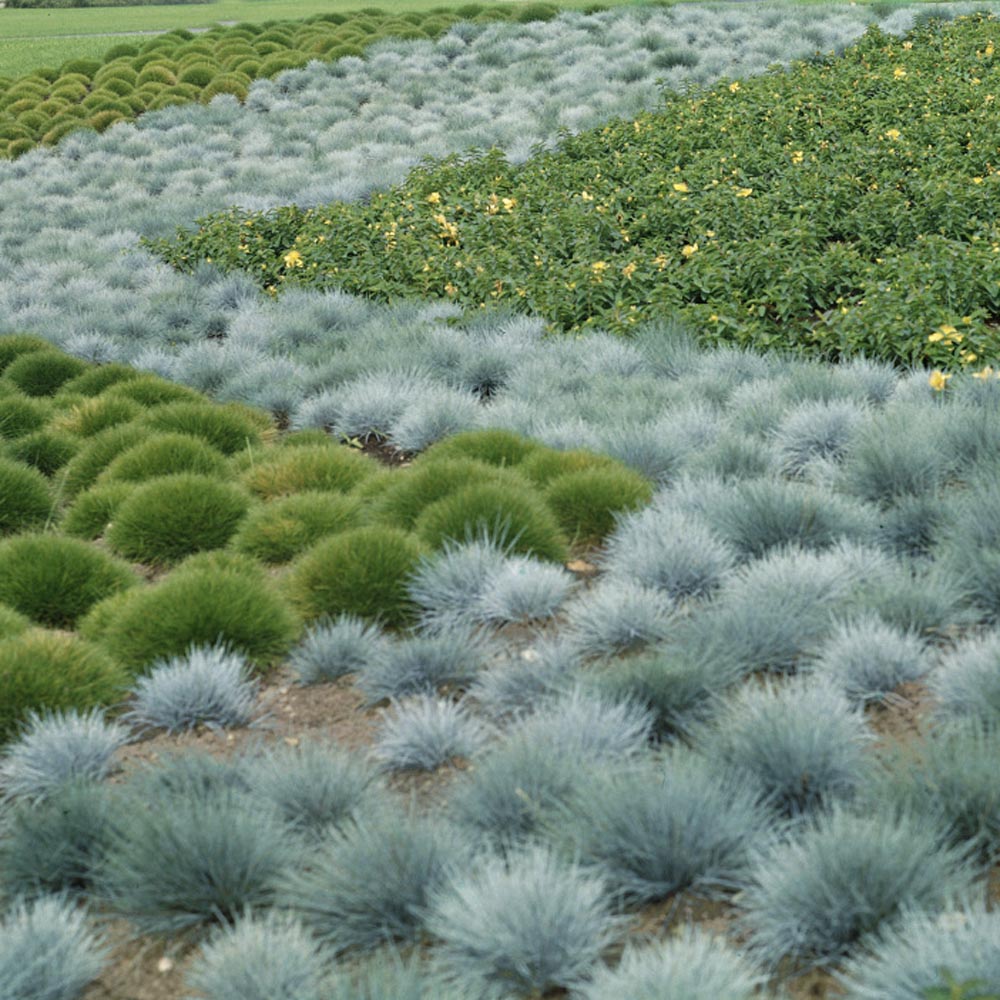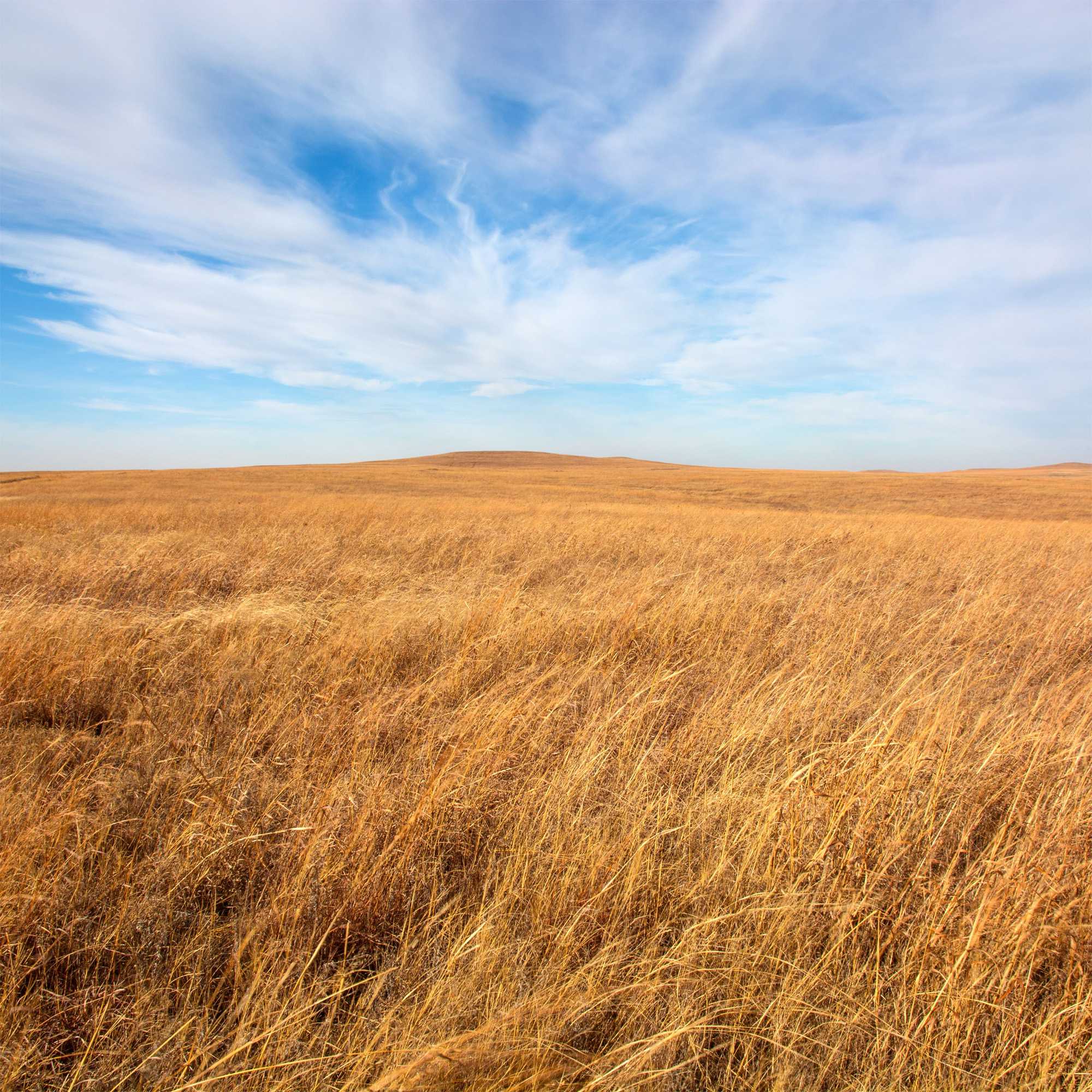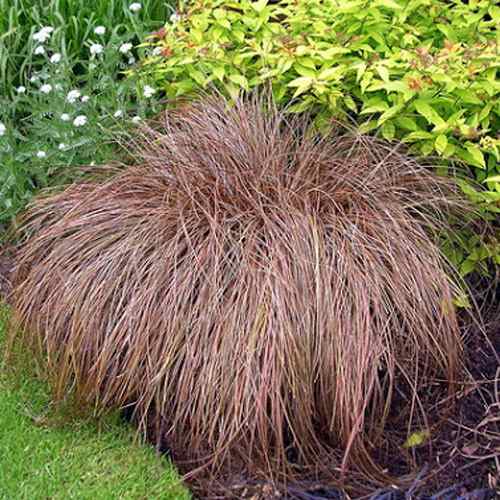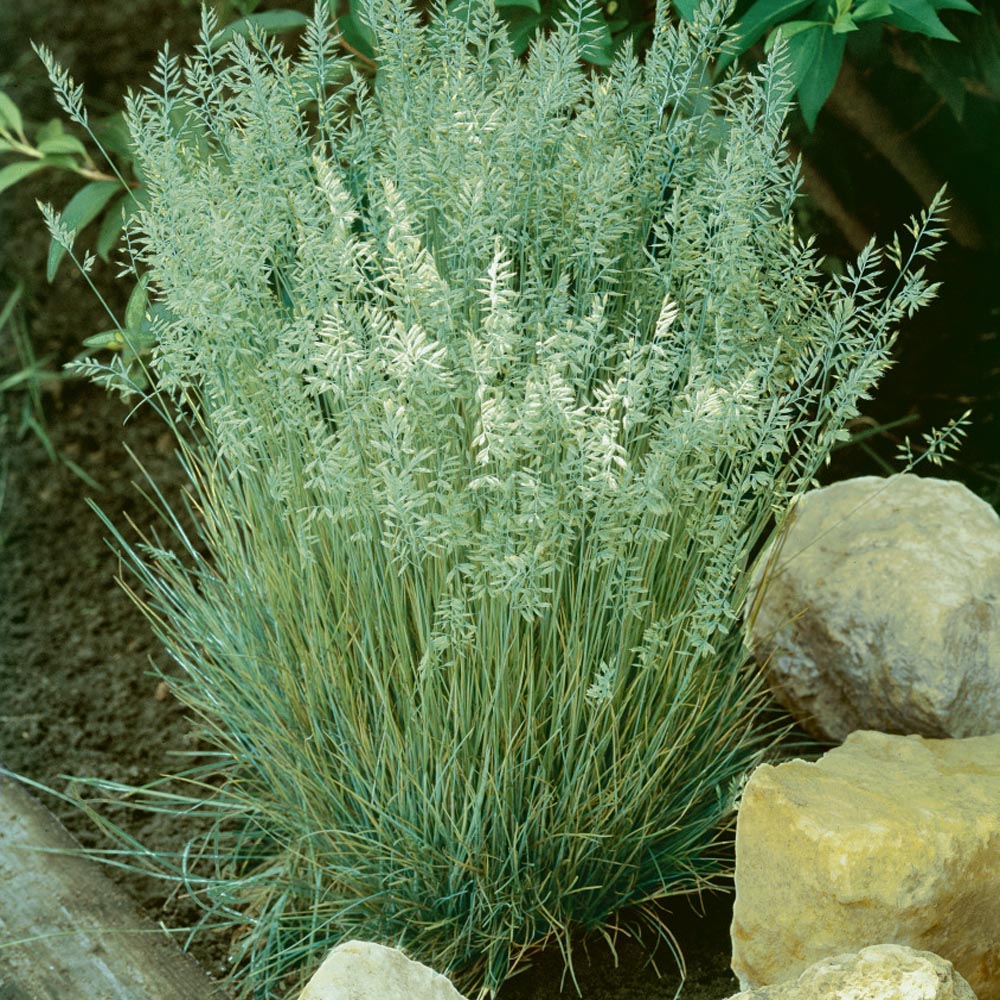
Blue Fescue Planting and Care Guide
Quick Facts About Blue Fescue
Native to Europe and Siberia, nobody knows exactly when Blue Fescue Made its way to America. But gardeners have been using this low maintenance ornamental grass in the States as early as 1870. Durable, Blue Fescue can survive extended periods of drought which deepens the plants color.
Planting Time
Being so versatile, Blue Fescue can be started indoors during the late winter months and moved outside as well as being able start directly outside during the early spring or late summer.

Planting Location
Blue fescue grows best in full sun, preferring moist, well-drained soil. With the ability to be grown in USDA zones 4-9. Blue Fescue is a versatile plant with the ability to tolerate a wide range of conditions. However, The blue color will not fully develop in partial shade.
How to Plant Blue Fescue
For Indoor Planting:
- If your intent is to eventually move the plant outside, starting the seed toward the end of winter will help ensure the best result.
- Use small peat pots or containers and fill with seed starting mix.
- Lightly cover three seeds with the starting mix
- Continually keep the soil moist until germination
- Hardening off the seedling for 7 days prior to planting is recommended if you wish to move it outside.
For Outdoor Planting
- Starting Blue Fescue outside in the early spring or late summer is recommended for ideal growth.
- Weed and loosen the soil before adding a generous amount of seed starting mix.
- Place and cover the seed about 12 inches apart.
- Once the Fescue has reached about 4 inches in height bunch the leaves together and trim off a half inch or so. This encourages a healthy root system and an ideal uniform look.

Care And Maintenance
The care and maintenance for Blue Fescue is quite low. It does not have any significant insect or pest problems and is resistant to salt sprays during the winter. However the plants should be trimmed during the early spring to remove dead material after winter. Every 2-3 years it is recommended to dig and divide the plant, discarding the centers and keeping the lively parts.




































